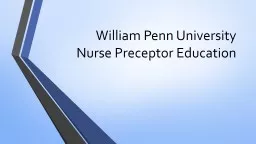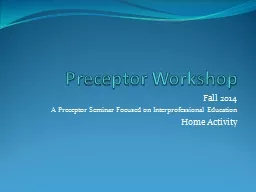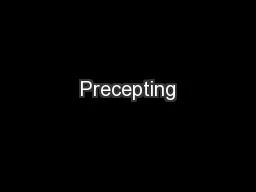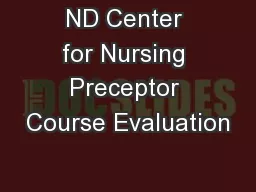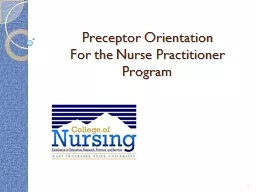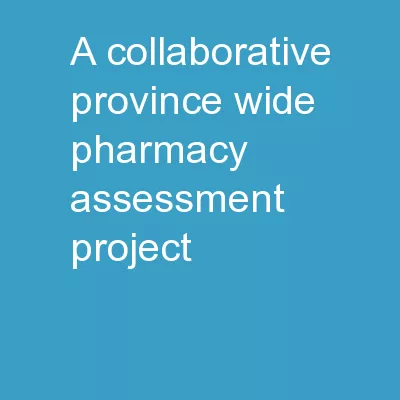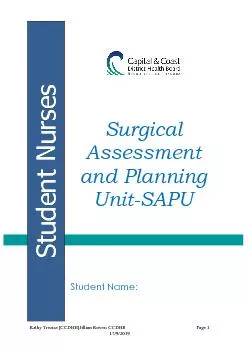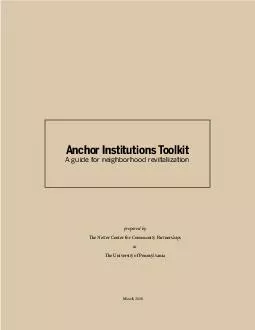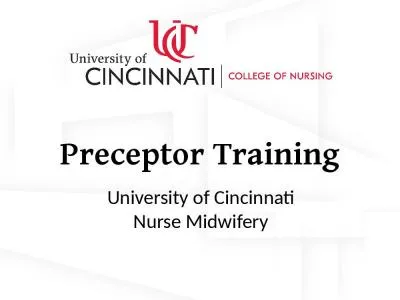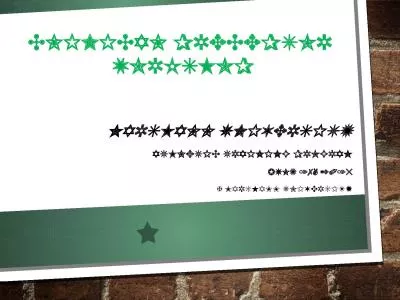PPT-William Penn University Nurse Preceptor Education
Author : ellena-manuel | Published Date : 2018-11-07
Objectives Understand WPUs RNBSN Preceptor Program Familiarize the preceptor with WPUs mission nursing mission philosophy and outcomes Understand the WPU RNBSN Nursing
Presentation Embed Code
Download Presentation
Download Presentation The PPT/PDF document "William Penn University Nurse Preceptor ..." is the property of its rightful owner. Permission is granted to download and print the materials on this website for personal, non-commercial use only, and to display it on your personal computer provided you do not modify the materials and that you retain all copyright notices contained in the materials. By downloading content from our website, you accept the terms of this agreement.
William Penn University Nurse Preceptor Education: Transcript
Objectives Understand WPUs RNBSN Preceptor Program Familiarize the preceptor with WPUs mission nursing mission philosophy and outcomes Understand the WPU RNBSN Nursing Program Policy and . Mary Anne Marra, DNP, RN, NEA-BC. Chief Nursing Officer. Objectives. D. iscuss the process utilized to develop the nurse manager preceptor program. Review the measurement of pre-program and post-program change in leadership skills. Fall 2014. A Preceptor Seminar Focused on . Interprofessional. Education. Home Activity. Preceptor Workshop – Home Activity. This activity is designed to build on the information presented during the webinar presentations available December 8-16. . Across A Spectrum of Student Abilities. Becky Brady, . PharmD. , Associate Professor of Pharmacy Practice. Chelsea Sanchez, . PharmD. , Assistant Professor of Pharmacy Practice. University of the Incarnate Word, . Experiential . E. ducation Rotation . U. tilizing . the . Methods . of . Excellent . P. receptors. Presented by Regina Tabor, RPh. and Dr. Nicole Farrell. October 27, 2017 at the . F. eik school of pharmacy preceptor CE conference. Tuesday, February 24, 2015. Date Created: Monday, September 08, 2014. 4. Total Responses. Complete Responses: 4. Q2: Did the presentation format demonstrate effective teaching strategies?. Answered: 4 Skipped: 0. Spring 2017 General Body Meeting I. SPE Penn State. 1. Agenda. New Website. Webmaster Position. Quiz Bowl. Other Upcoming Events. Tech Electives. Golf Outing and Banquet . What we have planned. New “Women Energy Network” Initiative . For the Nurse Practitioner Program. 1. We appreciate your agreeing to precept our nurse practitioner students. Collaboration and leadership are important parts of the student learning experience. 2. Precepting Overview. Tips for Finding a Preceptor & Practicum Site. Ask those you have professional relationships with if they have recommendations for . you. A . physician or FNP you know . Your current place of work, or an affiliate facility. Ontario Pharmacy Patient Care Assessment Tool (OPPCAT). Annie Lee, Associate Professor, Teaching Stream. Leslie Dan Faculty of Pharmacy, University of Toronto. Henry Halapy, Residency Coordinator, St. Michael’s Hospital & Lecturer, Leslie Dan Faculty of Pharmacy, University of Toronto. King Charles II gave William Penn a ___________ to start a new colony.. What does it mean to purchase something?. What religious group did William Penn belong to?. What did William Penn write to plan the government of the Pennsylvania colony?. Jillia n Rovers CCDHB Page 1 17 /9 /2019 Surgical Assessment and Planning Unit - SAPU Student Name: Student Nurses SAPU – Student Nurses Jillian Rovers CCDHB 17 /9 /2019 SAPU SAPU (Surgical March 20082331is is a Toolkit for Anchor Institutions to use as a guide to rebuild revitalize strengthen and improve their local communities Each of the tools in this kit was developed and implemented Nurse Midwifery. Preceptors are a critical component of increasing the number of midwives in the US. Thank you for helping our profession reach a goal of 1,000 new midwives yearly!. Objectives. Define a preceptor. marshall. University. Athletic Training Program. July 17, 2015. @ Marshall UNIVERSITY. Welcome & Introductions. Name, Title, Employer . & years . there. Educational background. “Personal Stuff.
Download Document
Here is the link to download the presentation.
"William Penn University Nurse Preceptor Education"The content belongs to its owner. You may download and print it for personal use, without modification, and keep all copyright notices. By downloading, you agree to these terms.
Related Documents

